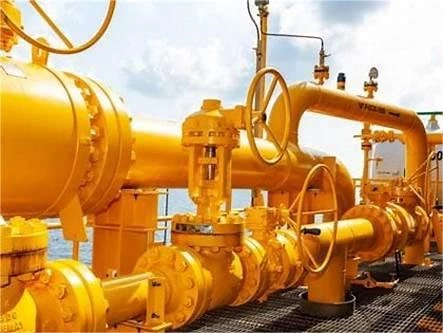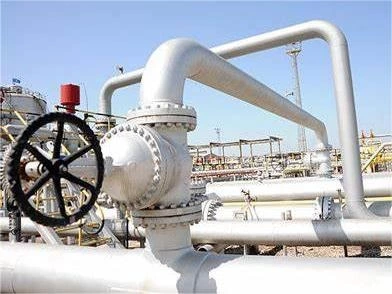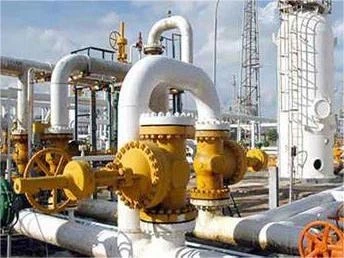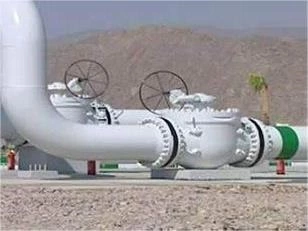Valve Operating Forces
Linear Valves
These are valves that open and close in a reciprocating manner (i.e., up and down). This can be done with a rotary action on a screwed stem with an electric actuator or directly to a rod, via a cylinder and a pneumatic or hydraulic actuator.
With this type of valve, the actuator has to provide a thrust to overcome surface friction caused between the actuator gland and the valve stem or rod that enters the body.
Gate valves (solid and flexible wedge).These valves shut off the ow by the gate traveling across the bore of the valve. When closing, this will create a throttling effect, causing an increase in the differential pres- sure across the gate. This effect forces the gate onto the downstream seat and the actuator requires additional thrust in order to overcome this friction.
Parallel slide valves. Similar considerations are required for parallel slide valves, however no additional allowance has to be made for seating as shut-off is achieved by the additional pressure forcing the gate onto the seat.
Globe valves. There are two types of globe valves, the screw down stop and the control valve. The screw down stop type is generally installed so that the process ow is under the disc and therefore resists closing. The globe valve relies on metal-to-metal contact to effect a tight shut-off; it is usual for a high additional thrust allowance to achieve satisfactory sealing between the disc and the seat.
The forces to operate a control valve require more thought, and consid- eration has to be made for the shape of the closing plug, the flow rate, and the differential pressure.
Diaphragm and pinch valves. The lining material used for this type of valve will vary in stiffness and this has to be considered when calculating the forces required to “pinch” the valve into the closed position. Care must also betaken not to oversize the actuator and therefore deliver too much thrust and rupture the sealing internal membrane.
Part-Turn Valves—90°
Most part-turn valves only have to travel 90° to open or close and have an advantage over multi-turn valves in that because of the smaller dis- tances involved they can be opened or closed using relatively low power consumption.
Ball valves. For ball valves the coef?cient of friction between the metal ball and the soft seat or the metal ball and the metal seat has to be considered. Also the effects of the process temperature, pressure, uid velocity, and viscosity are important factors.
All reputable valve manufacturers supply torque curves, which will illustrate the maximum breakout torque required to initially open the valve from a closed position. This will vary for the numerous types of soft seating materials available, for example PTFE, PEEK, etc. and metal/metal.
Buttery valves. The velocity of the ow through the valve body has a signi?cant effect on the torque requirements, owing to the hydrodynamic forces generated by the aerofoil type cross section of the valve closure plate. In many cases, actuators for buttery valves are ?tted with self- locking devices, because the closure plate will have a tendency to move because of the reaction forces of the ow through the valve.
Plug valves .Plug valves come in either lubricated or non-lubricated types and the actuator selection will have an effect on the torque requirements to open and close the valve. The design of the plug valve is not pressure- assisted sealing and therefore there is very little difference between the torque requirements between opening and closing the valve. A parallel plug will require less operational torque than a plug with a tapered design.
Conclusion
As mentioned before most valve manufacturers will supply the maximum torque requirements to operate their valves under “normal” service conditions. Additional torque will be required in special cases such as dry gas, slurry, high velocity, high or low temperature, and infrequent use. The manufacturer will also be in a position to specify the media consumption for a full stroke in both directions to open and close.



